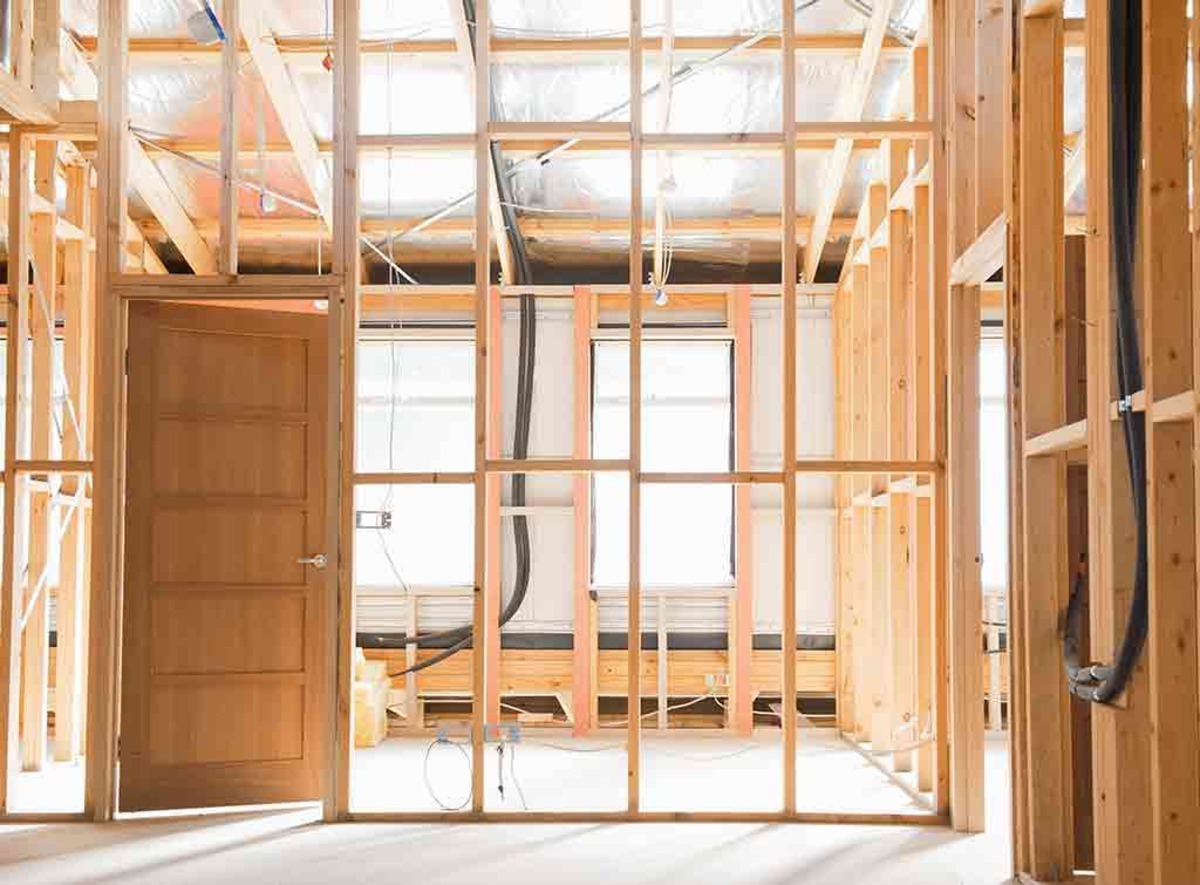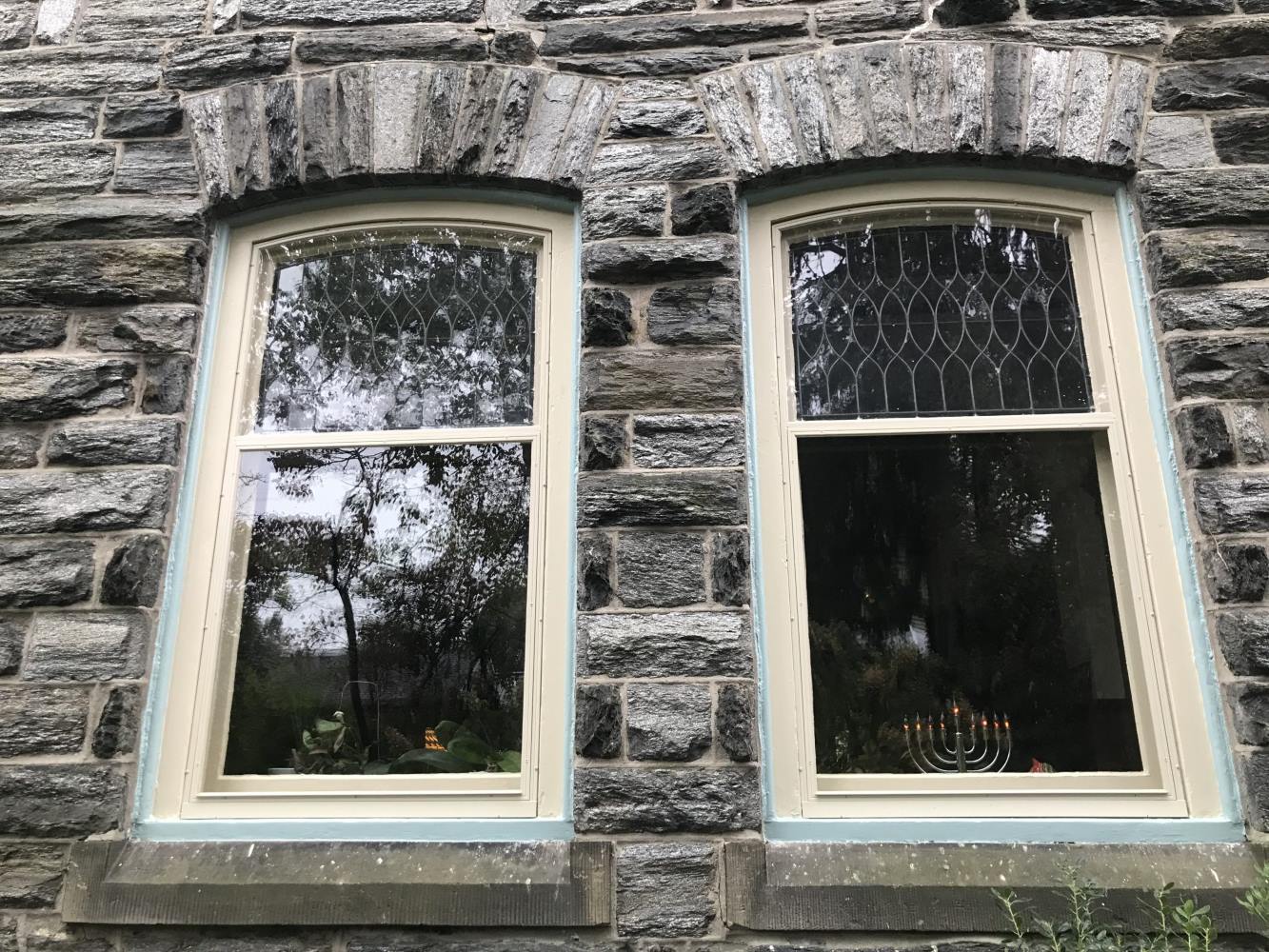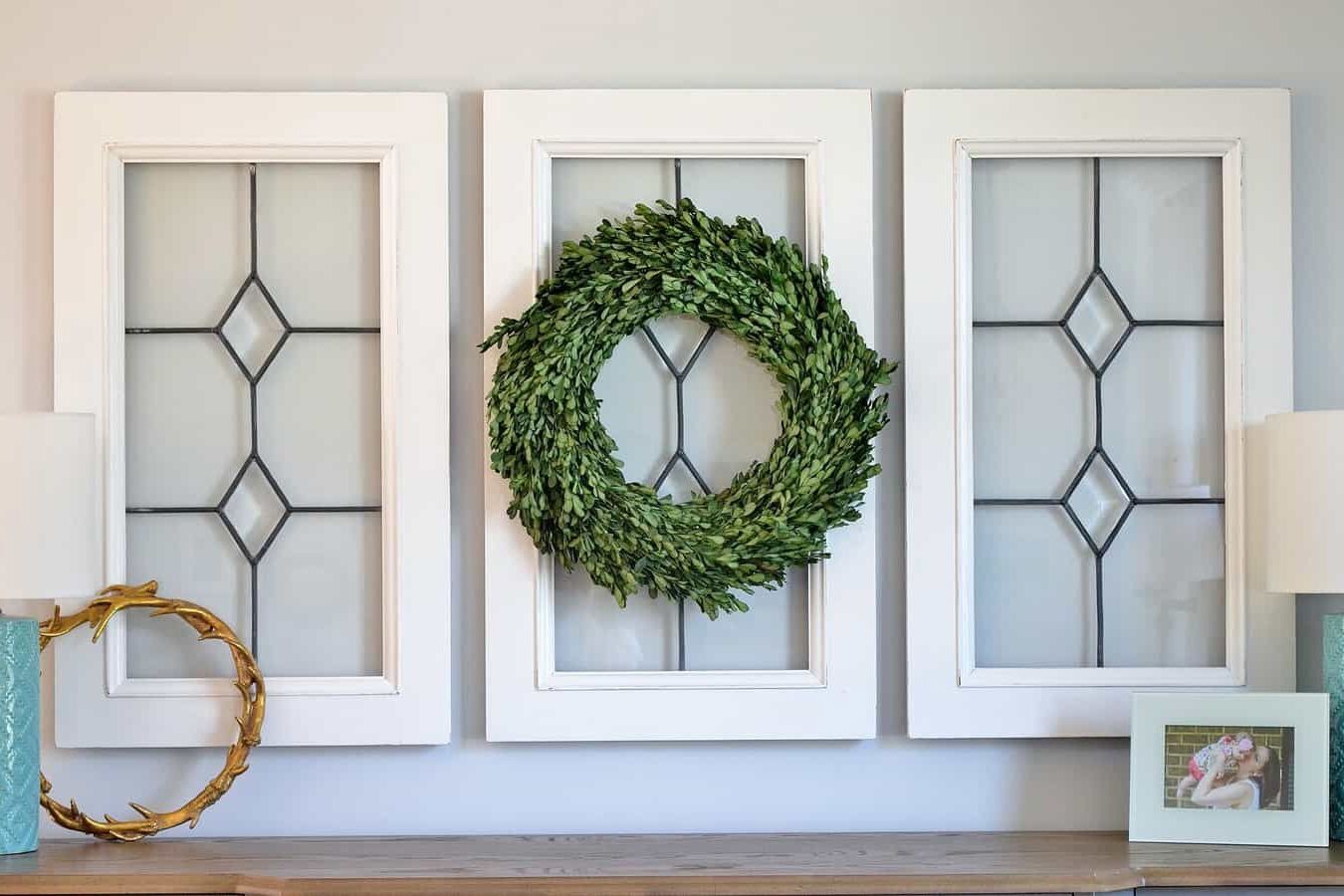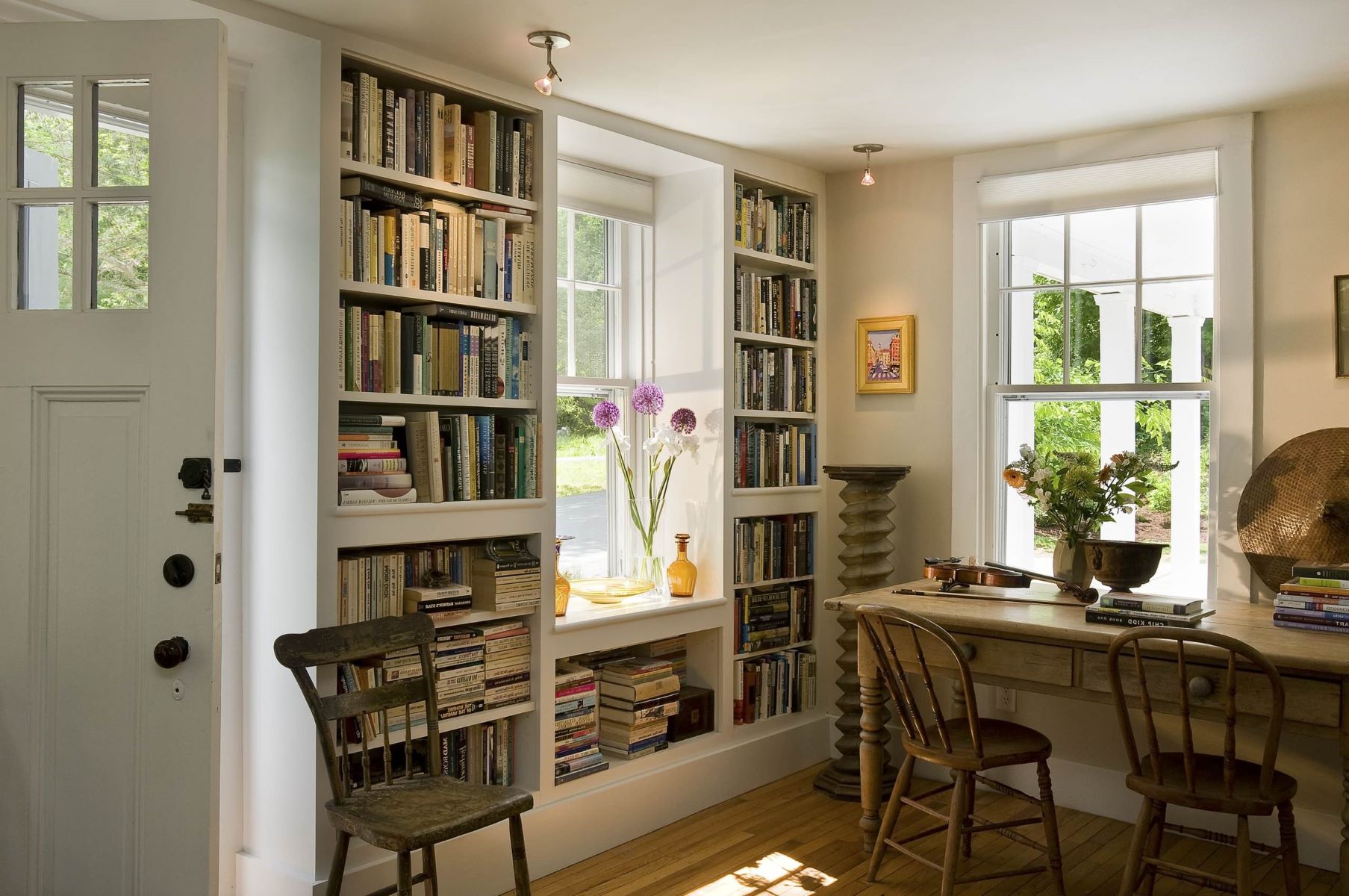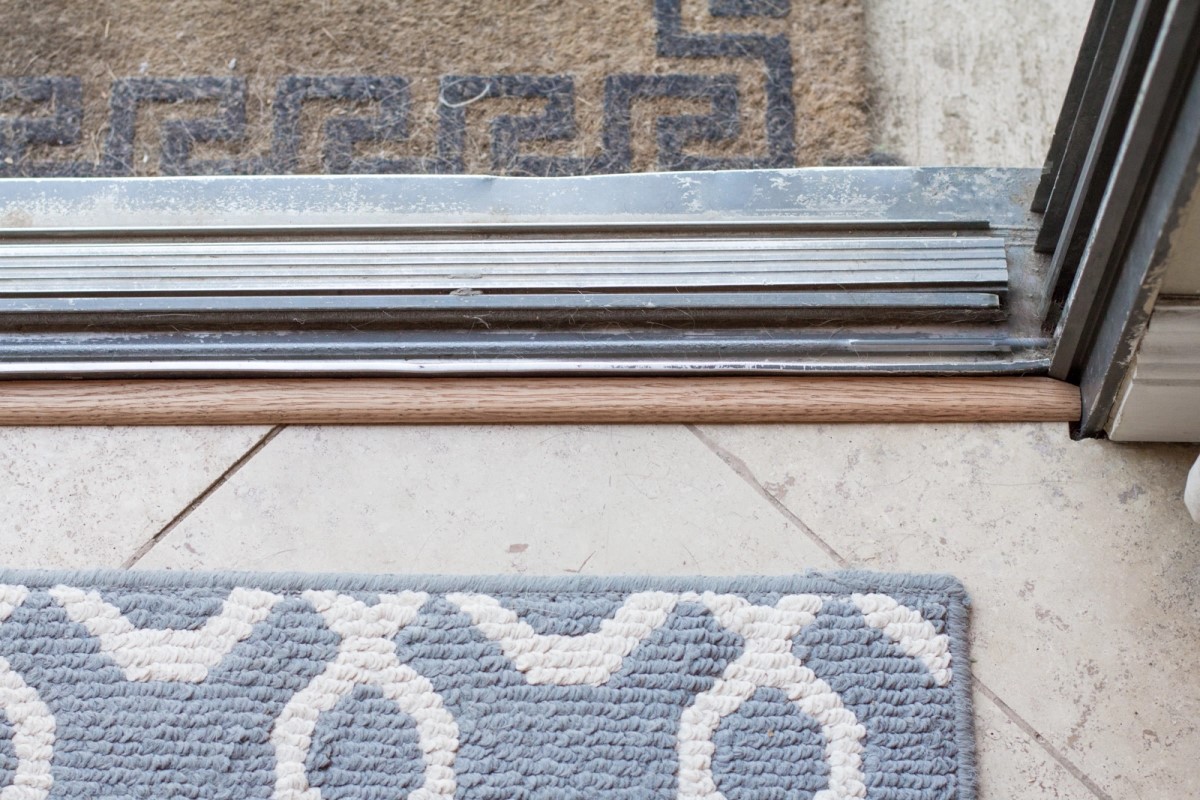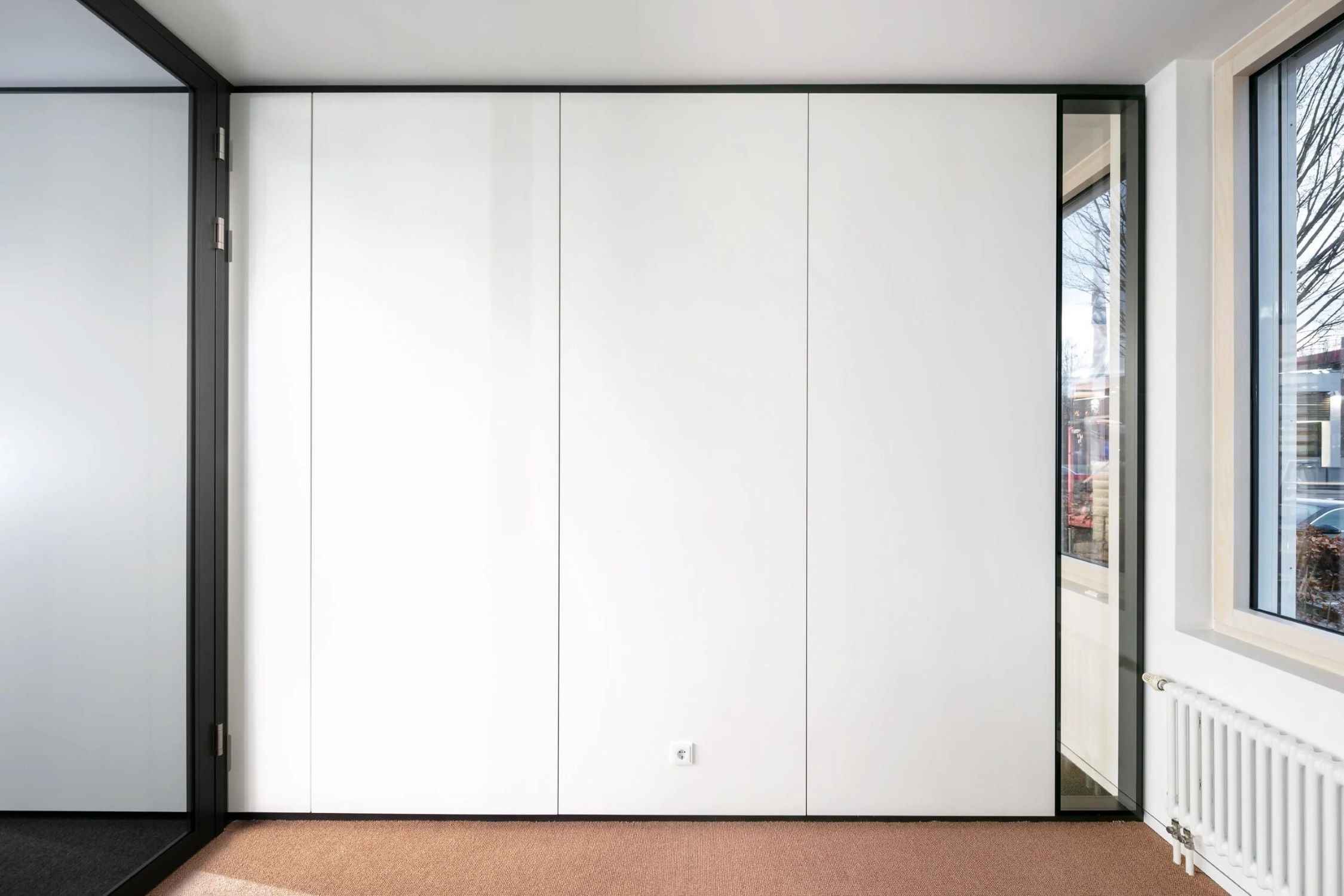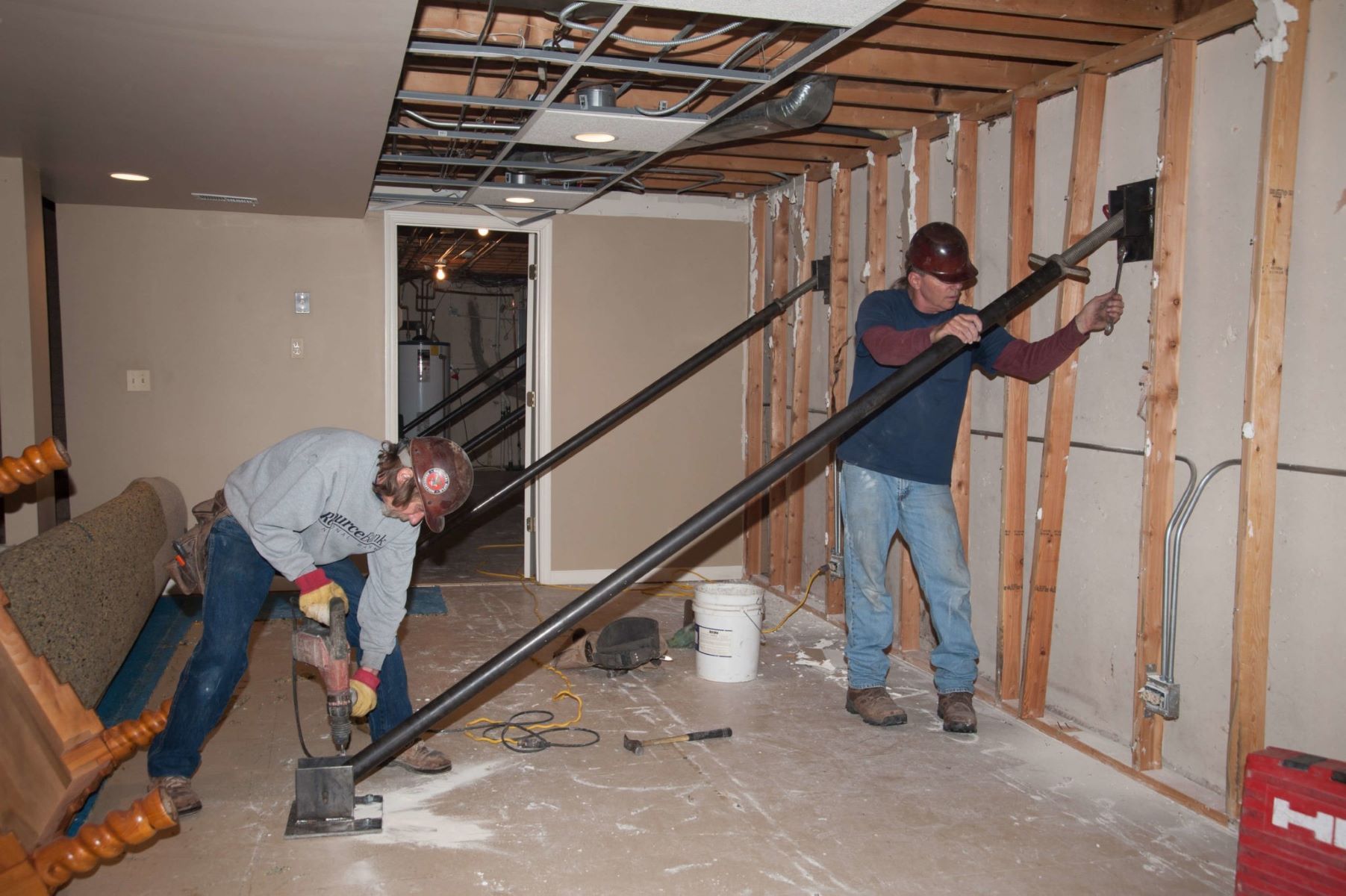Home>Create & Decorate>DIY & Crafts>DIY Wall Framing: Step-by-Step Guide For Beginners
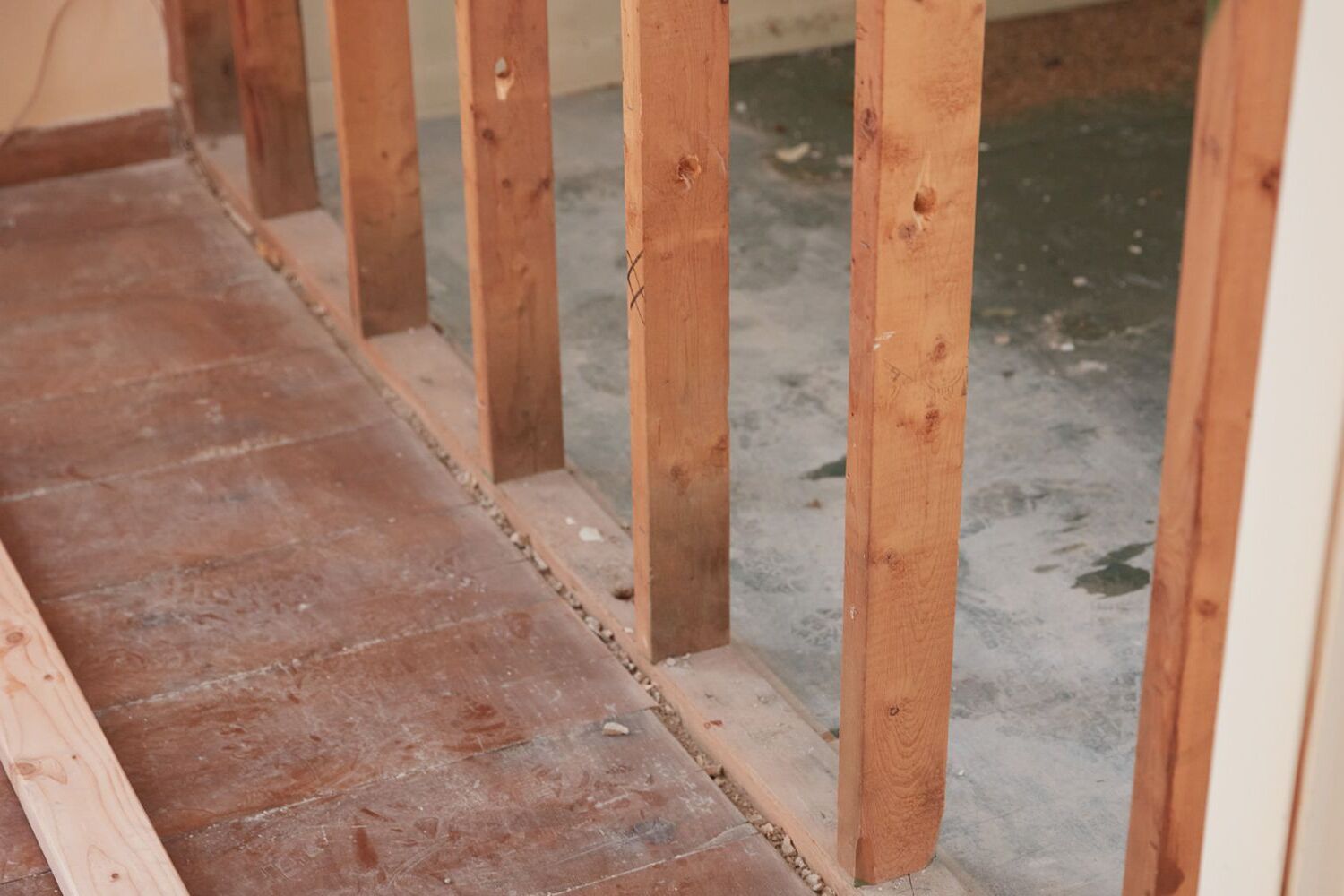

DIY & Crafts
DIY Wall Framing: Step-by-Step Guide For Beginners
Published: February 28, 2024

Content Creator specializing in woodworking and interior transformations. Caegan's guides motivate readers to undertake their own projects, while his custom furniture adds a personal touch.
Learn how to frame a wall with our step-by-step guide for beginners. Perfect for DIY & Crafts enthusiasts looking to enhance their home decor.
(Many of the links in this article redirect to a specific reviewed product. Your purchase of these products through affiliate links helps to generate commission for Twigandthistle.com, at no extra cost. Learn more)
Introduction
Embarking on a do-it-yourself (DIY) wall framing project can be an immensely rewarding endeavor. Whether you're looking to display cherished artwork, create a gallery wall, or simply add a touch of personal flair to your living space, mastering the art of wall framing opens up a world of creative possibilities. This step-by-step guide is designed to equip beginners with the knowledge and confidence needed to tackle their first wall framing project with ease.
From selecting the right tools and materials to understanding the intricacies of planning, measuring, cutting, and assembling, this comprehensive guide will walk you through each stage of the process. By the end, you'll be ready to proudly showcase your handiwork and bask in the satisfaction of transforming a plain wall into a captivating focal point.
Let's dive into the world of DIY wall framing and unleash your creativity onto the canvas of your home.
Read more: DIY Wall Decor Craft Ideas for Living Room
Tools and Materials Needed
Before diving into your DIY wall framing project, it's essential to gather the necessary tools and materials. Having the right equipment at your disposal will not only streamline the process but also ensure precision and quality in your final product. Here's a comprehensive list of the tools and materials you'll need to get started:
Tools:
- Measuring Tape: A reliable measuring tape is crucial for accurately determining the dimensions of your frame and the wall space it will occupy.
- Miter Saw or Miter Box and Hand Saw: These tools are essential for cutting precise angles in the frame's molding or trim pieces.
- Clamps: Clamps will help secure the frame components in place during assembly, ensuring seamless joints.
- Hammer and Nails (or Nail Gun): Depending on your preference, you'll need a hammer and nails or a nail gun to fasten the frame together.
- Level: A level is indispensable for ensuring that your frame is perfectly aligned and straight when mounted on the wall.
- Sandpaper or Wood File: This will be used to smooth any rough edges or imperfections in the frame's wood pieces.
- Safety Gear: Don't forget to prioritize safety with protective eyewear, gloves, and a dust mask when working with wood and power tools.
Materials:
- Wood or Molding: Select high-quality wood or molding that suits your aesthetic preferences and the dimensions of your frame.
- Wood Glue: A strong wood glue will reinforce the joints of your frame, adding stability and durability.
- Finishing Nails or Brad Nails: These will be used to secure the frame's components together.
- Wood Filler: To fill any gaps or holes in the frame's joints for a seamless finish.
- Paint or Stain: If you plan to paint or stain your frame, ensure you have the appropriate finish on hand.
- Hanging Hardware: Depending on the weight of your frame, you'll need suitable hanging hardware such as D-rings, picture wire, or sawtooth hangers.
By assembling these tools and materials, you'll be well-equipped to commence your DIY wall framing project with confidence and efficiency. With everything in place, you're ready to move on to the next phase: planning and measuring.
Planning and Measuring
Before picking up any tools, it's crucial to lay a solid foundation for your wall framing project through meticulous planning and precise measurements. This phase sets the stage for a seamless execution and ensures that your frame fits flawlessly within the designated space. Here's a detailed breakdown of the essential steps involved in the planning and measuring process:
-
Assess the Wall Space: Begin by identifying the area where you intend to mount the frame. Take into account the dimensions of the wall and any surrounding decor or furniture that may influence the placement of the frame.
-
Select Frame Dimensions: Determine the desired size of your frame, considering both the overall dimensions and the width of the frame's molding or trim. This decision should harmonize with the wall space and complement the items it will showcase.
-
Sketch the Design: Create a rough sketch or diagram of your frame's design, specifying the dimensions of each component. This visual representation will serve as a guide during the cutting and assembly stages.
-
Measure Twice, Cut Once: Adhering to the timeless adage, meticulously measure the wood or molding for your frame, ensuring accuracy to the nearest fraction of an inch. Double-check all measurements to avoid errors that could derail the entire project.
-
Account for Joinery: If your frame will feature mitered corners or other joinery techniques, factor in the necessary allowances for these joints during the measuring process. Precision at this stage is pivotal for achieving seamless connections.
-
Consider Mounting Height: Determine the ideal height at which the frame should be mounted on the wall, taking into consideration eye level and any surrounding decor. This will ensure optimal visibility and aesthetic balance.
-
Account for Hanging Hardware: If your frame will incorporate hanging hardware, such as D-rings or sawtooth hangers, factor in the required space for these elements when measuring the frame's dimensions.
By meticulously attending to these planning and measuring considerations, you'll lay a solid groundwork for the subsequent stages of cutting, assembling, and mounting your DIY wall frame. With a clear roadmap in place, you're poised to move forward with confidence and precision, bringing your vision to life with finesse and accuracy.
Cutting and Assembling the Frame
With precise measurements in hand and a clear vision of your frame's design, it's time to bring your DIY wall framing project to life through cutting and assembling the frame. This phase demands meticulous attention to detail and a steady hand to ensure that each component fits seamlessly together, culminating in a sturdy and visually appealing frame.
Cutting the Components
Begin by laying out your selected wood or molding, ensuring that it is securely clamped in place to prevent any movement during the cutting process. Using a miter saw or a miter box and hand saw, carefully cut each piece according to the measurements derived during the planning phase. It's crucial to maintain precision when cutting mitered corners or angled edges, as any discrepancies can compromise the frame's structural integrity and aesthetic appeal.
Once all the components are cut to size, use sandpaper or a wood file to smooth any rough edges or imperfections, ensuring a flawless finish that will seamlessly meld the frame's joints.
Assembling the Frame
With the individual components prepared, it's time to assemble the frame. Begin by applying a thin, even layer of wood glue to the mitered edges of the frame's molding or trim pieces. Next, carefully join the components together, ensuring that the angles align perfectly to form clean and tight joints. Secure the joints using finishing nails or brad nails, driving them in at a slight angle to enhance their holding power without risking splitting the wood.
Throughout the assembly process, periodically check the frame for squareness using a carpenter's square or a measuring tape. This step is essential for guaranteeing that the frame retains its intended shape and dimensions, resulting in a professional-looking final product.
Once the frame is fully assembled, inspect the joints for any gaps or imperfections. If necessary, use wood filler to fill in any small voids, ensuring that the frame's surfaces are smooth and seamless.
By methodically cutting and assembling the frame with precision and care, you'll lay the groundwork for the final phase: attaching the frame to the wall. With the frame taking shape, your vision is steadily materializing into a tangible and impressive piece of craftsmanship.
Attaching the Frame to the Wall
With the meticulously crafted frame in hand, the final stage of the DIY wall framing project involves securely attaching the frame to the designated wall space. This pivotal step demands precision and attention to detail to ensure that the frame is not only firmly anchored but also perfectly aligned for optimal visual impact.
Before proceeding, it's essential to gather the necessary hardware for mounting the frame. Depending on the weight and dimensions of the frame, select appropriate hanging hardware such as D-rings, picture wire, or sawtooth hangers. Additionally, ensure that you have the requisite tools, including a level, a pencil, and a power drill with the appropriate drill bits.
To begin, determine the ideal placement of the frame on the wall, taking into account factors such as eye level, surrounding decor, and any specific aesthetic considerations. Once the placement is determined, use a pencil to mark the precise spots where the frame's hanging hardware will be attached.
Next, if using D-rings or sawtooth hangers, measure and mark the corresponding positions on the frame's backside. Ensure that the hardware is symmetrically placed to maintain balance when the frame is hung. If using picture wire, securely attach it to the frame, ensuring it is taut and evenly positioned.
With the frame's hanging hardware and wall markings in place, it's time to drill pilot holes at the marked spots on the wall. These pilot holes will serve as guides for the screws or nails that will support the frame. Use a level to ensure that the pilot holes are perfectly aligned and straight, maintaining the frame's intended orientation.
Once the pilot holes are drilled, it's time to affix the frame to the wall. Depending on the hanging hardware used, carefully align the frame with the pilot holes and secure it in place using screws or nails. If using a power drill, exercise caution to avoid overtightening the screws, which could potentially damage the frame or the wall surface.
After the frame is securely mounted, use a level to confirm that it is perfectly straight and aligned. Making any necessary adjustments at this stage will ensure that the frame hangs flawlessly, enhancing the visual appeal of the displayed artwork or decor.
With the frame successfully attached to the wall, step back and admire your handiwork. The once-bare wall now showcases your meticulously crafted frame, adding a touch of elegance and personal flair to the space. Your DIY wall framing project has reached its culmination, leaving you with a sense of accomplishment and the satisfaction of transforming a simple wall into a captivating focal point.
Read more: DIY: Framing a Garage Wall Guide
Conclusion
In conclusion, mastering the art of DIY wall framing opens up a world of creative possibilities, allowing individuals to infuse their living spaces with personalized charm and visual allure. Throughout this comprehensive guide, we've delved into the essential tools, materials, and techniques required for beginners to embark on their first wall framing project with confidence and precision.
By meticulously planning and measuring the wall space, selecting the right dimensions, and cutting and assembling the frame with care and attention to detail, DIY enthusiasts can bring their vision to life in the form of a beautifully crafted frame. The process culminates in the pivotal step of securely attaching the frame to the wall, ensuring that it not only serves as a sturdy support for displayed artwork but also enhances the aesthetic appeal of the surrounding space.
As DIY enthusiasts embark on their wall framing journey, it's important to approach each phase with patience and a commitment to precision. Embracing the creative process and relishing the opportunity to transform raw materials into a tangible work of art can be immensely gratifying. Each step, from selecting the perfect wood or molding to meticulously measuring and cutting the components, contributes to the realization of a unique and visually striking frame.
Furthermore, the satisfaction derived from seeing a once-bare wall adorned with a meticulously crafted frame is unparalleled. It serves as a testament to the individual's creativity, craftsmanship, and dedication to infusing their living space with a touch of personal flair.
Ultimately, the journey of DIY wall framing transcends the mere act of construction; it embodies the spirit of creativity, self-expression, and the joy of transforming a blank canvas into a captivating focal point. With the knowledge and skills acquired through this guide, beginners are well-equipped to embark on their own wall framing endeavors, each project serving as a testament to their ingenuity and passion for hands-on craftsmanship.
As the frame proudly showcases cherished artwork or photographs, it also stands as a testament to the individual's ability to turn raw materials into a visually stunning piece of functional art. With each completed project, the DIY enthusiast gains not only a beautiful frame but also a sense of accomplishment and the confidence to continue exploring the boundless realm of DIY creativity.

